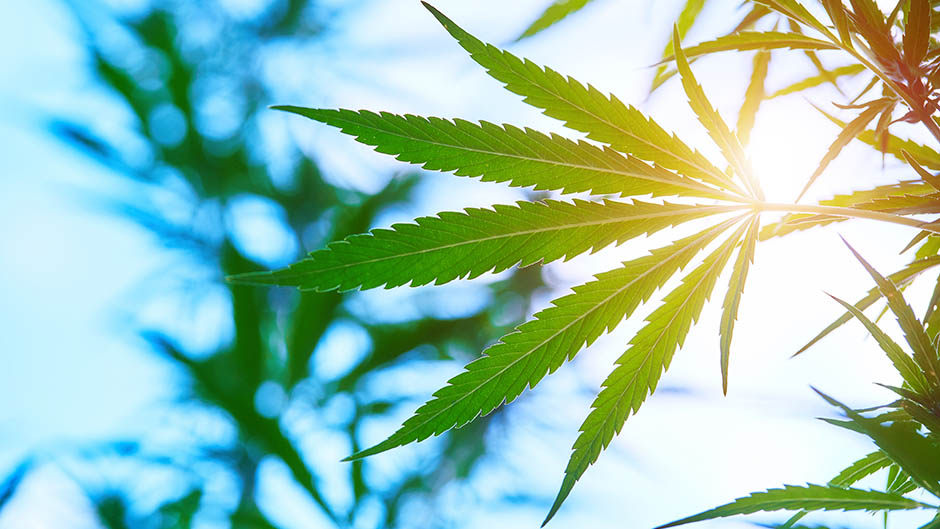As states increasingly legalize marijuana for both medicinal and recreational purposes, many policymakers remain cautious about the potential social and health implications of the loosened measures. Consuming marijuana with alcohol, for instance, can mean greater intoxication, which may lead to more impaired driving. Decriminalization might also signify increased access and use among young people, even while studies have shown that marijuana consumption before the age of 25 may negatively affect brain development. Potential health problems, such as associated depression and anxiety or the consequences of smoking itself, create yet another area of concern. A generalized perception of marijuana users as sedentary exacerbates health uncertainties since less inclination to exercise could leave them more prone to obesity and other adverse health conditions.
Miami Herbert Business School’s Michael T. French and Karoline Mortensen, along with Manuel Alcala Kovalski of the Brookings Institution, set out to examine the validity of the last line of thought. Previous research on the links between marijuana use and exercise has yielded mixed results, with some studies pointing to a decreased propensity to exercise and others showing an increased propensity. To implement criteria that would allow for more precise findings, the authors turned to the National Longitudinal Study of Adolescent to Adult Health, a comprehensive study that began in 1994 with 20,745 students in either middle school or high school. The study has elapsed five rounds, or “waves,” of surveys on the same subjects. French, Mortensen, and Kovalski focused only on the last two rounds: Wave IV, completed in 2009 with 14,784 subjects then between the ages of 24 and 34, and Wave V, completed in 2018 with 12,043 subjects having aged to 34 and up to 42 years old.
“Whereas other studies have been cross-sectional, looking at a point in time, we assessed changes over time,” French explains. “We were able to employ longitudinal statistical models and access more recent data.”
The researchers also captured behavior into middle adulthood, beyond the usual high school and college target age ranges of most research and broadening insight into current marijuana consumption, as loosened regulations make it more accessible to an older population. As noted in the study, adult use of marijuana is likely to increase while more states move to decriminalize its purchase and cultivation. Already the prevalence of cannabis use among American adults has tripled, from 4.1 percent in 2003 to 15.9 percent in 2018.
The study includes an assessment of subjects’ light, moderate, and heavy marijuana use in the last 30 days against exercise activity in the last seven days. The statistical analysis rendered no significant negative association between the two variables. In fact, in instances of significant correlation, the relationship points to increased exercise activity for cannabis users, though this finding does not necessarily indicate a causal effect.
“In general, marijuana users in these surveys are not sedentary and avoiding exercise,” French says, adding that the results could help “ease some of the trepidation that policymakers might have about going forward with marijuana policy changes.”
The findings correlate with a previous study in which French found no significant relationship between marijuana use and weight status, measured as BMI. Similarly, French’s next study, currently under review, may further increase legislators’ comfort level. He finds that states with legalized cannabis for medicinal use, which helps mitigate symptoms of ailments like arthritis, chronic pain, and PTSD, show lower traffic fatality rates than those without the related laws.
“Marijuana may be substituting for other self-medicating substances like alcohol or opioids, which could be keeping roadways safer,” he states.
French points out that benefits extend into economic considerations. Recreational marijuana generates a sizable revenue source for states, as the product is taxed at high rates, typically from 10 to 15 percent depending on the state. The legal marijuana industry also creates thousands of jobs for its residents.
He cautions that legitimate concerns linger. The debate will likely go on as policymakers weigh the benefits against the risks and uncertainties. Based on the results of this study, however, lawmakers should not have apprehension about a detrimental effect on exercise habits.
The article, "The relationships between marijuana use and exercise among young and middle-aged adults" can be read here.

